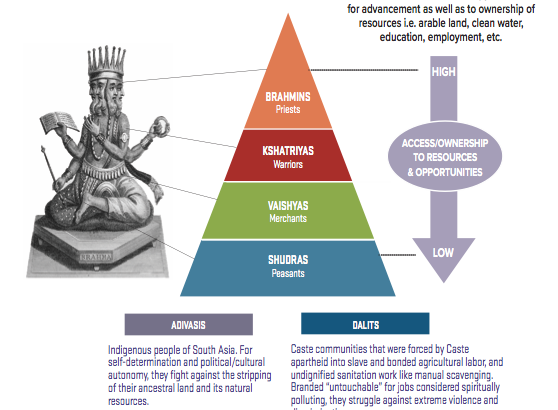SWARNIM KHARE, Center for South Asian Studies, University of Michigan
RESUMEN/ABSTRACT
Teaching the Caste System in India – Strategies and Responsibilities
The caste system in India is a form of social organization which was originally sanctioned through Hindu religious texts. The complex history of the caste system in India is testimony to how this social organization has faced repeated challenges by intellectuals and social activists from lower castes. This history also throws light on the several moments of political mobilizations that have taken the shape of anti-caste organization and political parties within the fabric of the Indian democracy. It has also found a deep resonance within the literary terrain in India, where Dalit writers and critics have undertaken the task of documenting caste based atrocities by adopting literary like poetry, autobiography, memoir etc.
In my presentation I will focus on the several strategies that we, as scholars positioned within different disciplines and within a globalized community of academics, can adopt in order to further our understanding of the caste system and the various kinds of identities that it engenders. My talk will trace the journey of the Dalit subject from the ‘untouchable’ to the contemporary definition of the Dalit citizen within Indian democracy.
I will do this by looking at how Dalit resistance movements have been chronicled in literary production in different parts of India. I aim to analyze how Dalit literature has made scant inroads into the global literary market where certain kinds of literary texts from India are preferred over others. I will the highlight the several negotiations that characterize the reception of Dalit literature and in turn caste identities in India thorough placing them within the category of ‘World Literature’.
Enseñando el sistema de castas en la India – Estrategias y responsabilidades
El sistema de castas en India es una forma de organización social que fue diseñada originalmente a través de textos religiosos hindúes. La compleja historia del sistema de castas en India es un testimonio de cómo esta organización social ha enfrentado constantes desafíos de intelectuales y activistas sociales pertenecientes a castas inferiores. Esta historia también ilustra varios momentos de movilizaciones políticas que han tomado la forma de una organización anti-castas y de partidos políticos dentro de la estructura de la democracia india. Esta historia también ha encontrado una profunda resonancia dentro del terreno literario en la India, donde escritores y críticos Dalit han emprendido la tarea de documentar atrocidades basadas en castas mediante la adopción de poesía literaria, autobiografía, memorias, etc.
En mi presentación me enfocaré en las diversas estrategias que nosotros, como académicos ubicados dentro de diferentes disciplinas y dentro de una comunidad académica globalizada, podemos adoptar para avanzar nuestra comprensión del sistema de castas y los diversos tipos de identidades que engendra. Mi charla seguirá el trayecto del sujeto Dalit desde lo “intocable” hasta la definición contemporánea del ciudadano Dalit dentro de la democracia india.
Haré esto analizando cómo se han registrado los movimientos de resistencia de los Dalit en la producción literaria en diferentes partes de la India. Mi objetivo es analizar cómo la literatura Dalit ha hecho escasos avances en el mercado literario global, donde ciertos tipos de textos literarios de la India son preferidos sobre otros. Destacaré las múltiples negociaciones que describen la recepción de la literatura Dalit y, a su vez, las identidades de castas en la India, colocándolas en la categoría de “literatura mundial”.
BIOGRAFÍA/AUTHOR BIO
RECURSOS DIDÁCTICOS/RESOURCES FOR EDUCATORS
Presentation
